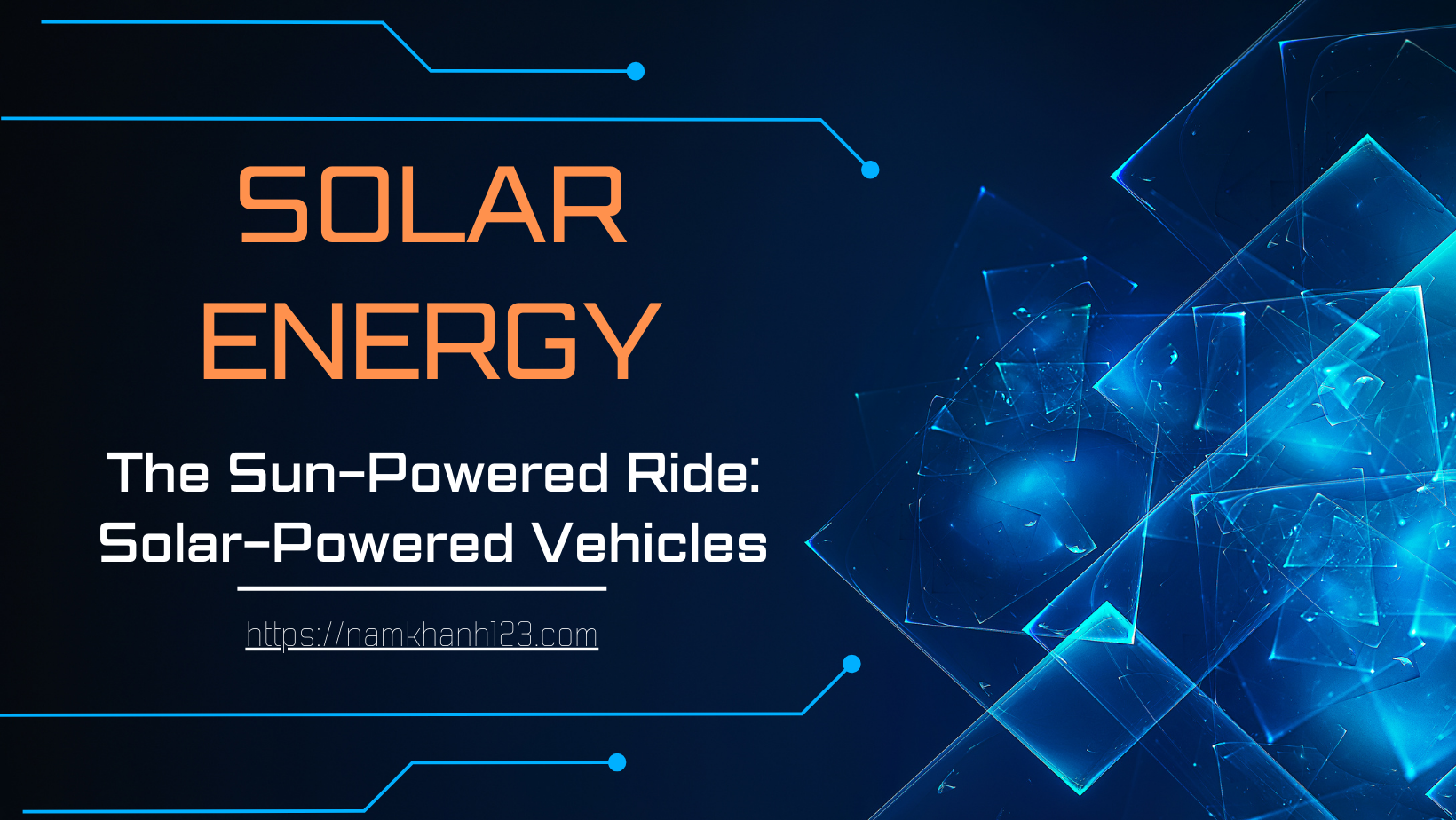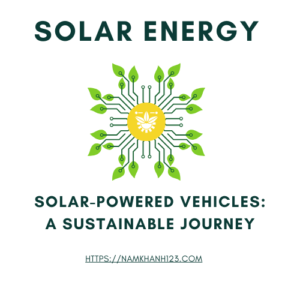In the quest for sustainable mobility, solar-powered vehicles stand out as a beacon of innovation and environmental responsibility. This article explores the exciting world of solar-powered transportation, diving into the mechanics, benefits, and future potential of these sun-powered marvels.
Harnessing Solar Energy for Transportation
The core of solar-powered vehicles lies in their ability to harness energy directly from the sun. Equipped with photovoltaic cells, these vehicles convert sunlight into electrical energy, which is then used to power an electric motor. This technology not only paves the way for a reduction in greenhouse gas emissions but also signifies a major step towards energy independence from non-renewable resources.
Advancements in Solar Vehicle Technology
Recent years have seen significant advancements in solar vehicle technology. Modern solar-powered vehicles boast enhanced efficiency and longer range, thanks to improvements in solar panel efficiency and battery storage technology. These advancements are crucial in addressing some of the early limitations of solar vehicles, such as limited range and dependency on weather conditions.
The Environmental and Economic Benefits
The environmental benefits of solar-powered vehicles are clear: zero emissions during operation, reduced air pollution, and a decrease in the reliance on fossil fuels. Economically, they offer the allure of low operating costs. Once the initial investment is made, the costs associated with solar energy are minimal, especially when compared to traditional fuel costs.
Challenges in Widespread Adoption
While the future looks bright for solar-powered vehicles, challenges remain in their widespread adoption. The current infrastructure for charging and maintenance is still underdeveloped. Moreover, the initial cost of purchasing a solar-powered vehicle can be higher than traditional vehicles, although this is expected to change as the technology becomes more mainstream.
The Role of Policy and Incentives
Government policies and incentives play a crucial role in the adoption of solar-powered vehicles. Subsidies, tax rebates, and investment in solar infrastructure can significantly lower the barriers to entry for consumers and manufacturers alike. These policies not only encourage the use of solar vehicles but also stimulate innovation and investment in renewable technologies.
Looking to the Future: Solar Mobility
The future of solar-powered vehicles is not just limited to cars. Buses, trains, and even boats are starting to adopt solar technology. The potential for solar energy in transportation is vast, promising a future where our travels are powered by the clean, renewable energy of the sun.
Solar Vehicles: Beyond Personal Transportation
The impact of solar-powered vehicles extends beyond personal transportation. Public transit systems are also seeing the integration of solar technology. Solar-powered buses and trains are becoming more prevalent in cities around the world, offering a cleaner, more sustainable way for mass transit. This shift not only reduces the carbon footprint of public transportation but also demonstrates the scalability of solar technology in various vehicular formats.
Innovation in Design and Functionality
Design and functionality are at the forefront of solar vehicle innovation. Designers are constantly pushing the boundaries to create vehicles that are not only efficient in energy usage but also aesthetically appealing and comfortable for users. Innovations in aerodynamics, lightweight materials, and energy-efficient components are contributing to the enhanced performance and appeal of these vehicles.
Community and Educational Impact
Solar-powered vehicles also have a significant impact on communities and education. They serve as a powerful tool for raising awareness about renewable energy and sustainability. Educational institutions are increasingly using solar vehicles as a practical example to teach students about green technology and its applications, inspiring the next generation of engineers and environmentalists.
The Global Landscape of Solar Transportation
Globally, different regions are adopting solar-powered vehicles at varying paces, influenced by factors such as solar irradiance, government policies, and public awareness. Countries with higher exposure to sunlight are naturally leading in the adoption of solar vehicles. However, advancements in solar technology are making it increasingly feasible for countries with less sunny climates to also benefit from solar-powered transportation.
Challenges in Technology and Weather Reliance
Despite the advancements, challenges remain in the technology, particularly in the efficiency of solar panels and energy storage systems. Additionally, the reliance on weather conditions makes solar vehicles less predictable compared to traditional fuel-powered vehicles. Addressing these challenges is crucial for the further advancement and reliability of solar-powered transportation.
The Road Ahead: Sustainable Transportation for All
Looking forward, the potential of solar-powered vehicles in contributing to a sustainable transportation system is immense. As technology continues to advance, and as more countries and communities embrace renewable energy, the vision of a world powered by the sun becomes increasingly attainable. Solar-powered vehicles are not just a futuristic concept but a viable solution for a cleaner, greener, and more sustainable mode of transportation for all.



